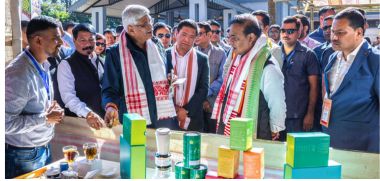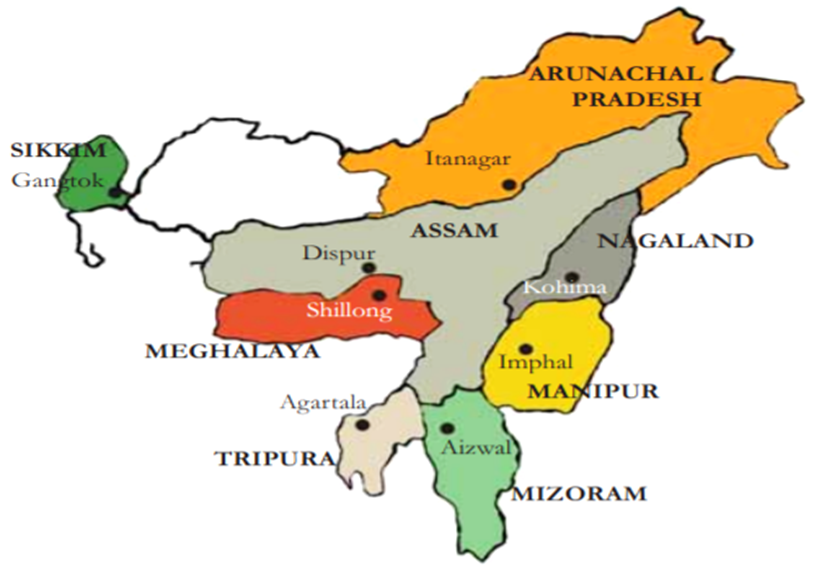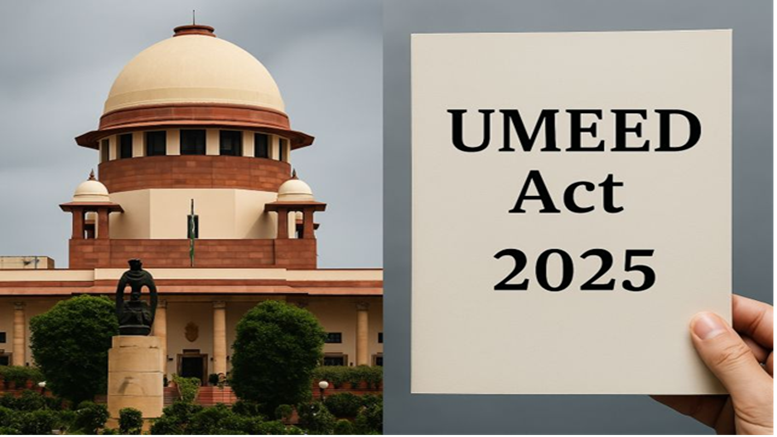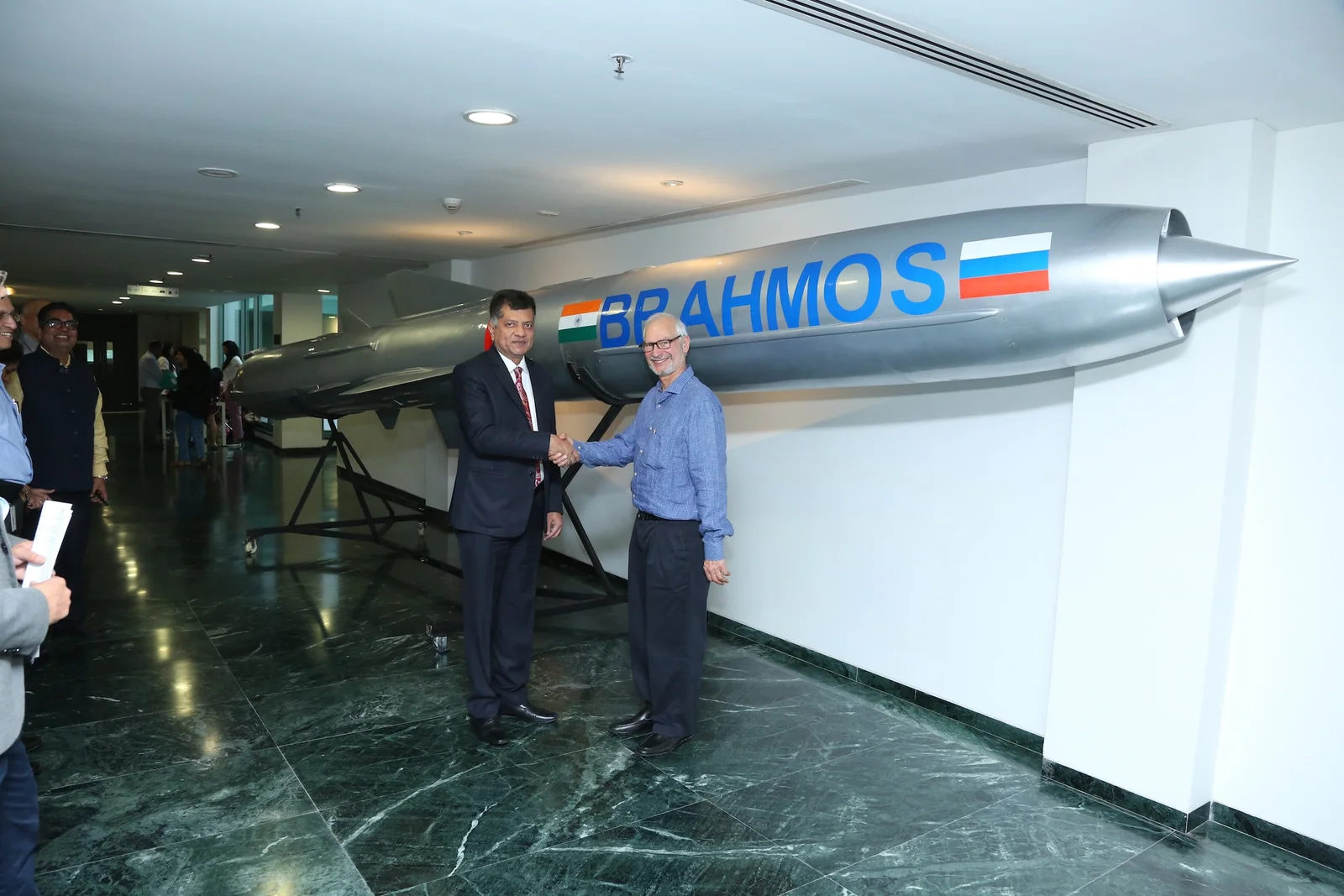- Courses
- GS Full Course 1 Year
- GS Full Course 2 Year
- GS Full Course 3 Year
- GS Full Course Till Selection
- Online Program
- GS Recorded Course
- NCERT (Recorded 500+ Hours)
- Polity Recorded Course
- Geography Recorded Course
- Economy Recorded Course
- AMAC Recorded Course
- Modern India, Post Independence & World History
- Environment Recoded Course
- Governance Recoded Course
- Science & Tech. Recoded Course
- International Relations and Internal Security Recorded Course
- Disaster Management Module Course
- Ethics Recoded Course
- Essay Recoded Course
- Current Affairs Recoded Course
- CSAT
- 5 LAYERED ARJUNA Mentorship
- Public Administration Optional
- ABOUT US
- OUR TOPPERS
- TEST SERIES
- FREE STUDY MATERIAL
- VIDEOS
- CONTACT US
Why Has the MHA Reimposed Restrictions in Three North Eastern States?
Why Has the MHA Reimposed Restrictions in Three North Eastern States?

- On December 17, 2024, the Union Ministry of Home Affairs (MHA) reimposed the Protected Area Regime (PAR) in Manipur, Nagaland, and Mizoram.
- This means that foreign nationals who want to visit these states will now need to get a Protected Area Permit (PAP) from the government before their visit.
- The relaxation that was in place for over a decade has now been cancelled due to growing security concerns.
What is the Protected Area Regime (PAR)?
The Protected Area Regime (PAR) is a rule set by the Foreigners (Protected Areas) Order, 1958, to control the entry of foreigners into sensitive and border regions of India. Under this rule:
- Foreigners cannot enter or stay in these areas without approval from the Central Government or authorized government offices.
- The government gives a permit that includes:
- The place of entry.
- Where the person will stay.
- How long they can stay.
- The Protected Areas are usually located within 16 km of international borders, which are considered important for security.
Key Areas Affected:
- Manipur, Mizoram, Nagaland, and parts of Sikkim were classified as Protected Areas.
- Other regions like Himachal Pradesh, Jammu and Kashmir, Ladakh, Rajasthan, and Uttarakhand were also included.
- In 1963, the Andaman & Nicobar Islands and some parts of Sikkim were also declared as restricted areas.
When Was the PAR Relaxed?
The Protected Area Regime for Manipur, Mizoram, and Nagaland was relaxed on December 30, 2010. The reasons for this were:
- Improved security in the region.
- A desire to promote tourism.
The relaxation was initially for one year, but it was extended multiple times:
- It was extended for 1-2 years from 2011 to 2022.
- In 2022, the relaxation was extended for another 5 years, until December 31, 2027.
However, this relaxation was withdrawn on December 17, 2024, due to increasing security concerns in the region.
Why Was the Relaxation Withdrawn?
The MHA said the relaxation was withdrawn due to security issues in the region. The main reasons include:
Ethnic Violence in Manipur (Since May 2023)
- Manipur has been facing ethnic violence between the tribal Kuki-Zo communities and the Meitei ethnic group since May 3, 2023.
- The violence has become more intense, and there have been claims of involvement from foreign groups or outsiders.
- The Chief Minister of Manipur, N. Biren Singh, has said that external forces might be behind some of the violence.
Inflow of Migrants from Myanmar
- After the military coup in Myanmar in February 2021, many people from Myanmar fled and came to India.
- Around 40,000 refugees went to Mizoram, while about 4,000 refugees entered Manipur.
- These refugees belong to the Kuki-Chin-Zo ethnic group, which shares cultural and ethnic ties with people in Manipur and Mizoram.
Border and Security Issues
- India shares a 1,643 km long border with Myanmar, which passes through Manipur, Nagaland, Mizoram, and Arunachal Pradesh.
- The border areas have seen an increase in migration from Myanmar, which is a security concern.
- The Free Movement Regime (FMR), which allowed people to move freely within 16 kilometers of the border between India and Myanmar, was suspended in January 2024.
- This move was made to control the flow of people and limit cross-border migration.
- The MHA decided to reintroduce the Protected Area Regime due to these increasing security risks in the border areas and concerns about unauthorized movement and foreign influence.
How Does One Obtain a PAP?
Now, any foreigner wanting to visit Manipur, Mizoram, and Nagaland must get a Protected Area Permit (PAP).
How one can get a PAP:
-
Application to Government Authorities:
- Indian embassies abroad (Indian missions).
- Ministry of Home Affairs (MHA).
- District Magistrates in the states.
- Resident Commissioners of states.
- Foreigners Regional Registration Offices (FRRO).
-
Registration Requirements:
- Foreign visitors must register with the Foreigners Registration Officer (FRO) or the District Officer within 24 hours of arriving in these states.
-
Special Conditions:
- Citizens of Afghanistan, China, and Pakistan, or people whose origins are from these countries, need prior approval from the MHA.
- Myanmar nationals, who were previously not required to get a PAP under certain conditions (like having an e-tourist visa), must now register with the FRRO within 24 hours of arrival in these states.
Impact on Refugees and Border Control
- Myanmar Refugees: Myanmar nationals, who previously did not need a PAP if they had an e-tourist visa or other visa types, will now need to register with the FRRO within 24 hours of entering these states.
- This is part of India's efforts to better control cross-border migration and prevent potential security issues.
- The decision to reinstate the Protected Area Regime is also meant to strengthen border security and to regulate the movement of people from neighboring countries, especially Myanmar.
Conclusion
The reimposition of the Protected Area Regime (PAR) in Manipur, Mizoram, and Nagaland by the MHA reflects the growing security concerns in these sensitive border areas. By requiring Protected Area Permits (PAP) for all foreign visitors, the government aims to strengthen border security, regulate cross-border migration, and address potential foreign influence in these strategic regions. This move highlights the government's efforts to manage the complexities of the region while ensuring national security.
|
Also Read |
|



![img-PSYCHOLOGICAL WARFARE [PSYWAR]](https://i.filecdn.in/755esias/PSYCHOLOGICALWARFAREPSYWAR-1747206772505.jpg)

